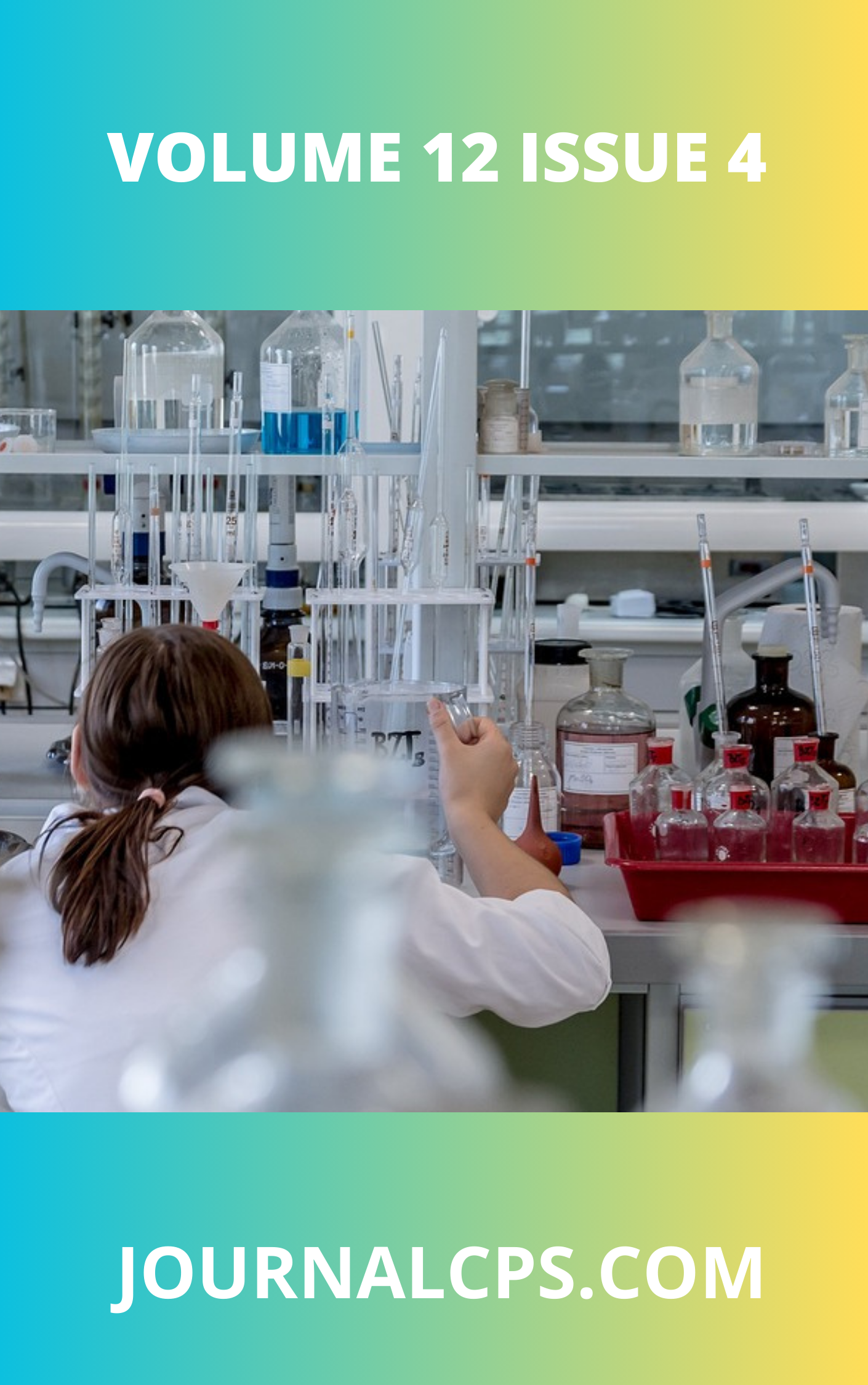Computational Modeling and validation of Indoor Radon Gas Dynamics and Accumulation Using Ansys Fluent Simulation
Keywords:
Computational modelling, Indoor Radon gas, Gas dynamic, Ansys fluent simulationAbstract
Radon is a naturally occurring radioactive gas that poses significant health risks when accumulated in indoor environments. Understanding its transport and accumulation dynamics is crucial for effective mitigation strategies. This study aims to model radon gas transport using the Navier-Stokes equation and computational fluid dynamics (CFD) simulations, validated with experimental data from residential buildings in Adamawa, Gombe, and Yobe States, Nigeria. The research investigates the effects of architectural parameters such as room height, foundation thickness, ventilation rate, and humidity on indoor radon levels. Ansys Fluent 2025 R1 was employed to develop a 3D numerical model incorporating key boundary conditions, air exchange rates, and radon entry dynamics. Experimental validation was conducted using Solid State Nuclear Track Detectors (SSNTDs) deployed over six months. Results showed that measured radon concentrations ranged from 193.31 Bq/m³ to 73.19 Bq/m³, while simulated values ranged from 187.30 Bq/m³ to 67.86 Bq/m³, with relative deviations of 3.11%, 5.20%, and 7.28% for different locations. Increasing foundation thickness from 2 cm to 10 cm reduced radon concentration from 210 Bq/m³ to 80 Bq/m³, while raising room height from 2.5 m to 4.0 m decreased radon levels from 200 Bq/m³ to 60 Bq/m³. Sensitivity analysis demonstrated that improved ventilation significantly lowered radon accumulation, whereas poor air exchange led to increased buildup. The study introduces an innovative application of CFD modeling for optimizing indoor architectural designs to mitigate radon exposure. Statistical validation using root mean square error (RMSE) and correlation coefficient (R²) confirmed a strong agreement between experimental and simulated data. The findings emphasize the importance of incorporating adequate ventilation, increased foundation thickness, and higher room ceilings in building designs to minimize radon-related health risks. It is recommended that building regulations and construction practices integrate these strategies to enhance indoor air quality and protect public health.
Downloads
Published
Issue
Section
Similar Articles
- Edet O. Odokwo, Ngozi M. Uzoekwe, Gas Chromatography-Mass Spectrometry Vernonia Hymenolepis Analysis of the Solvent-Solvent Extract of Vernonia Hymenolepis Leaves , Communication In Physical Sciences: Vol. 8 No. 4 (2022): VOLUME 8 ISSUE 4
- Nsikan Ime Obot, Busola Olugbon, Ibifubara Humprey, Ridwanulahi Abidemi Akeem, Equatorial All-Sky Downward Longwave Radiation Modelling , Communication In Physical Sciences: Vol. 9 No. 2 (2023): VOLUME 9 ISSUE 2
- Aminu Ismaila, Abubakar Sadiq Aliyu, Yakub Viva Ibrahim, Evaluation of Gamma Radiation Dose Level in Mining Sites of Riruwai, Kano, Nigeria , Communication In Physical Sciences: Vol. 8 No. 1 (2022): VOLUME 8 ISSUE 1
- Salihu Takuma, Siaka Abdulfatai Adabara, Kamal Suleiman Kabo, Gas Chromatography-Mass Spectrometry (GC-MS) Analysis of Some Plants Extract , Communication In Physical Sciences: Vol. 12 No. 2 (2025): VOLUME 12 ISSUE 2
- Aminu Ismaila, Abubakar Sadiq Aliyu , Yakub Viva Ibrahim, Evaluation of Gamma Radiation Dose Level in Mining Sites of Riruwai, Kano, Nigeria , Communication In Physical Sciences: Vol. 8 No. 1 (2022): VOLUME 8 ISSUE 1
- Ivwurie Wisdom, Okorodudu, E.Oghenetega, Assay of Aliphatic Hydrocarbons in Soils from Selected Areas in Ughelli and its Environs, Delta State, Nigeria , Communication In Physical Sciences: Vol. 8 No. 2 (2022): VOLUME 8 ISSUE 2
- Rakiya Haruna, Muneer Aziz Saleh, 222Rn activity concentration in outdoor air of Johor, Malaysia , Communication In Physical Sciences: Vol. 8 No. 2 (2022): VOLUME 8 ISSUE 2
- F. S. Bakpo, A Petri Net Computational Model for Web-based Students Attendance Monitoring , Communication In Physical Sciences: Vol. 1 No. 1 (2010): VOLUME 1 ISSUE 1
- Ivwurie, Wisdom, Okorodudu, E.Oghenetega, Assay of Aliphatic Hydrocarbons in Soils from Selected Areas in Ughelli and its Environs, Delta State, Nigeria , Communication In Physical Sciences: Vol. 8 No. 2 (2022): VOLUME 8 ISSUE 2
- O.V. Ikpeazu, Ifeanyi E.Otuokere, K.K.Igwe, Gas Chromatography–Mass Spectrometric Analysis of Bioactive Compounds Present in Ethanol Extract of Combretum hispidum (Laws) (Combretaceae) Root , Communication In Physical Sciences: Vol. 5 No. 3 (2020): VOLUME 5 ISSUE 3
You may also start an advanced similarity search for this article.




